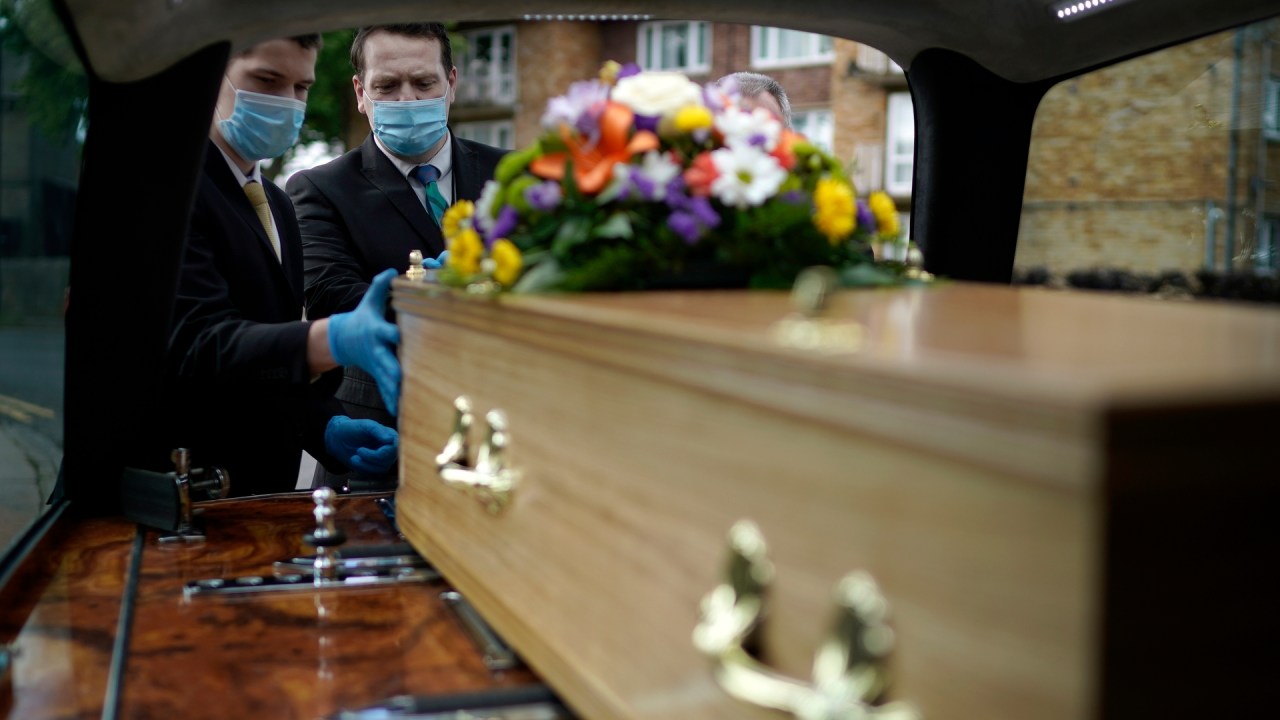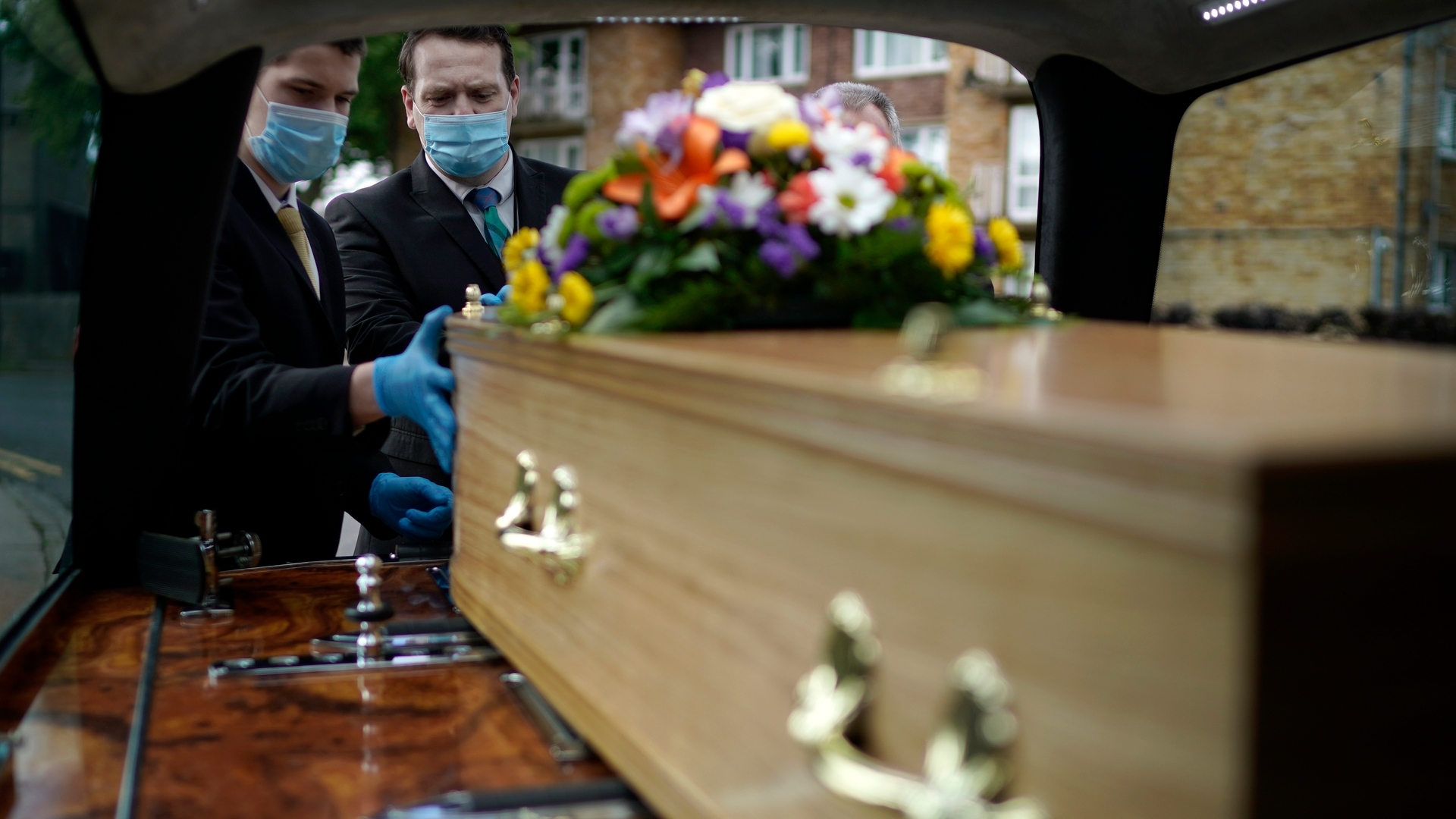The death drought continues. For the eighth week in a row the Office of National Statistics (ONS) has recorded fewer deaths in England and Wales than would be expected at this time of year. In the week ending 7 August, 8,945 people died, one fewer than the previous week and 157 (1.7 per cent) lower than the five-year average for this week of the year. There is, however, a geographical divide: deaths in the East Midlands are running five per cent higher than the five-year average. While deaths in the North East and North West are slightly higher than usual.
What should be worrying the government is the sharp rise of people dying in private homes
With the number of deaths across England and Wales below average, the figure for ‘excess deaths’ for 2020 is also down. In the year to date there have been 389,008 deaths in England and Wales, 52,737 more than the five-year average. Unless there is a second wave of Covid-19, this figure can be expected to keep on falling in the short term for a straightforward reason: a lot of elderly and seriously ill people who would have died at this time of year instead died of Covid-19 during the spring. Social-distancing rules may also had led to a fall in other infectious diseases, such as influenza.
Covid-19 is no longer a leading cause of death in England and Wales. In the week to 7 August, 152 death certificates mentioned Covid-19 – just 1.7 per cent of all deaths, and down from 193 last week. Even more so than last week, the number of Covid deaths is dwarfed by those attributed to ‘influenza and pneumonia’ – 13 per cent of all deaths this week mentioned ‘influenza and pneumonia’.
What should be worrying the government, however, is the sharp rise of people dying in private homes – which in the week up to 7 August was 702 higher than the five-year average. By contrast, deaths in hospitals are running significantly lower than in recent years, while deaths in care homes are close to their five-year average. In some ways this news could be neutral: a lot of people, given the choice, preferring to die in familiar, non-clinical surroundings. But it does also raise the question: are there still significant numbers of people dying, as at the height of lockdown, because they have been unable or unwilling to seek emergency medical attention?
A further grim sign of health problems to come is contained within a separate ONS release this morning which shows that 19.2 per cent of the population of England and Wales suffering from some form of depression during June. This was nearly twice the proportion – 9.7 per cent – who reported suffering from depression during the previous nine months. Should the incidence of depression remain high, then as well as being an illness in itself, it is likely to add long-term physical health problems. Unlike the Covid epidemic, which produced a short and sharp rise in deaths, the toll created by lockdown is likely to have a long tail.








Comments